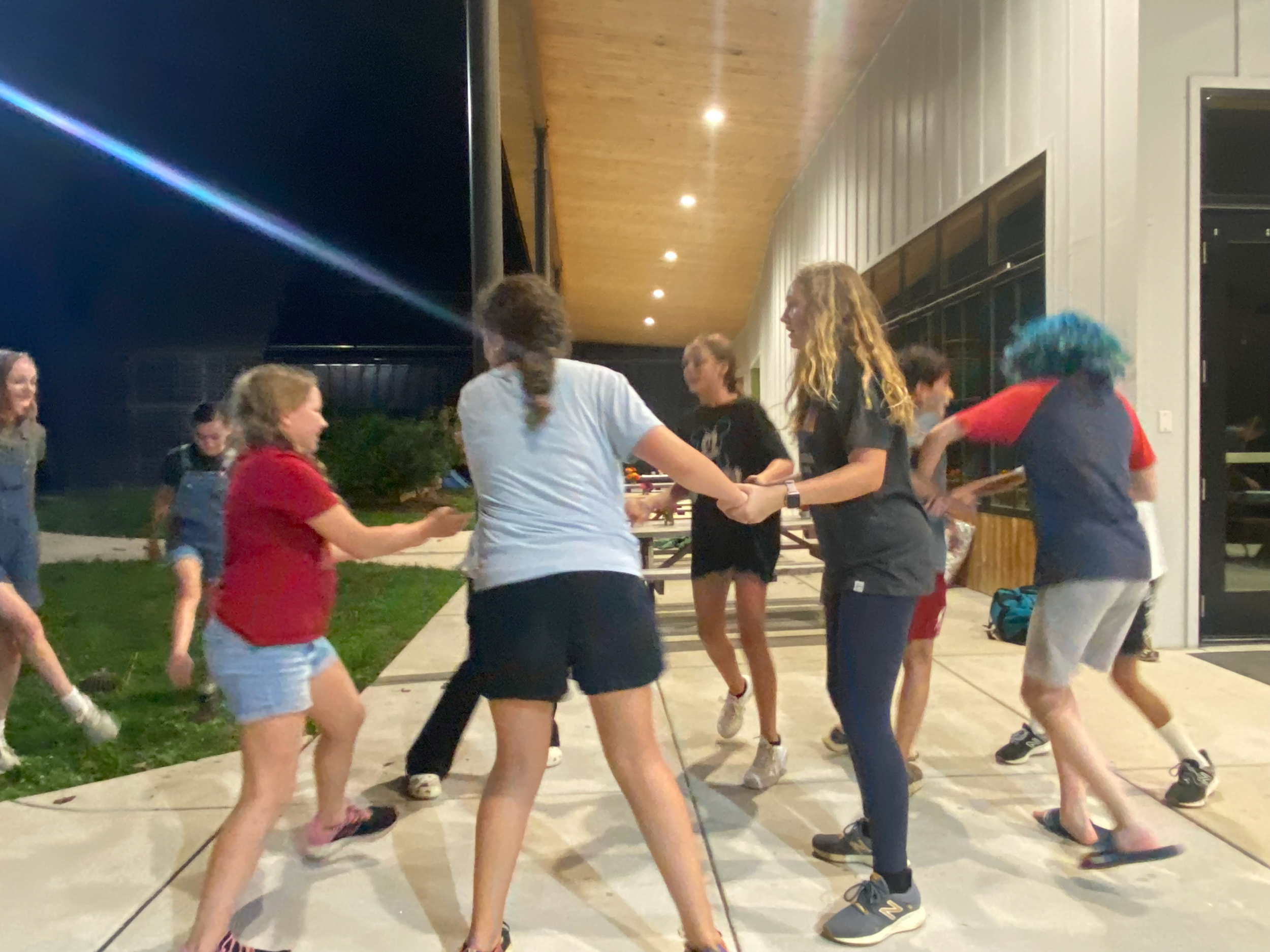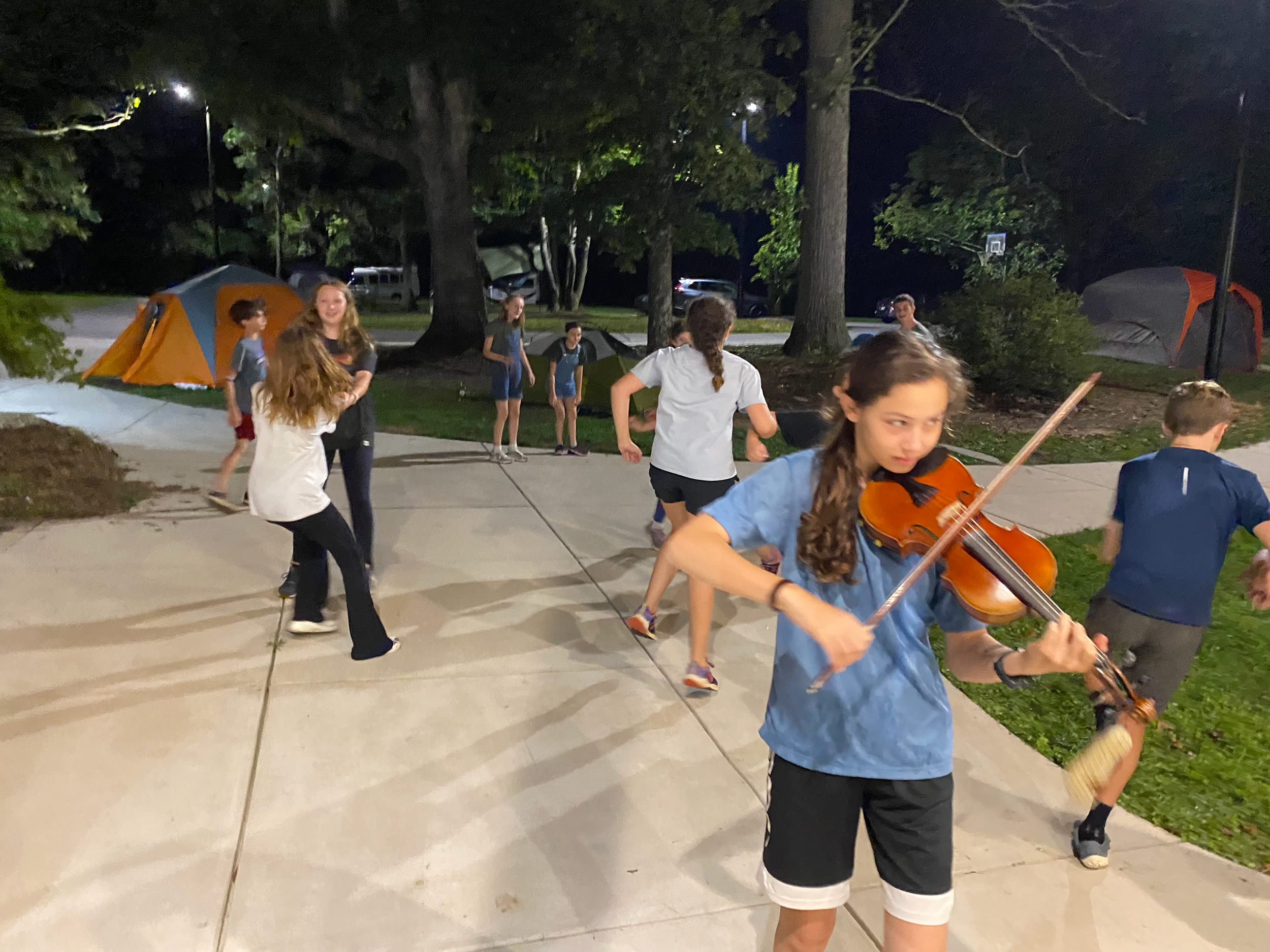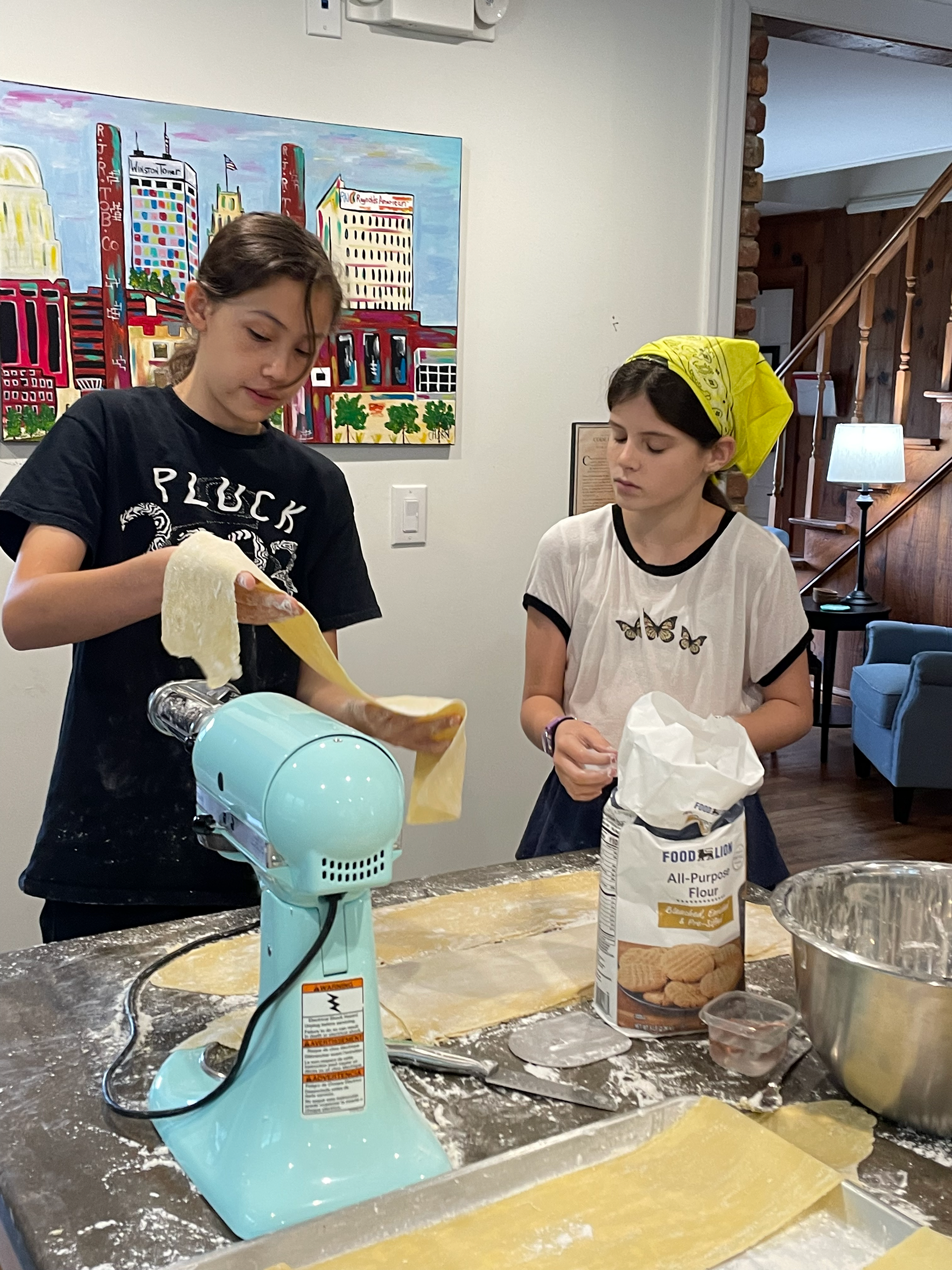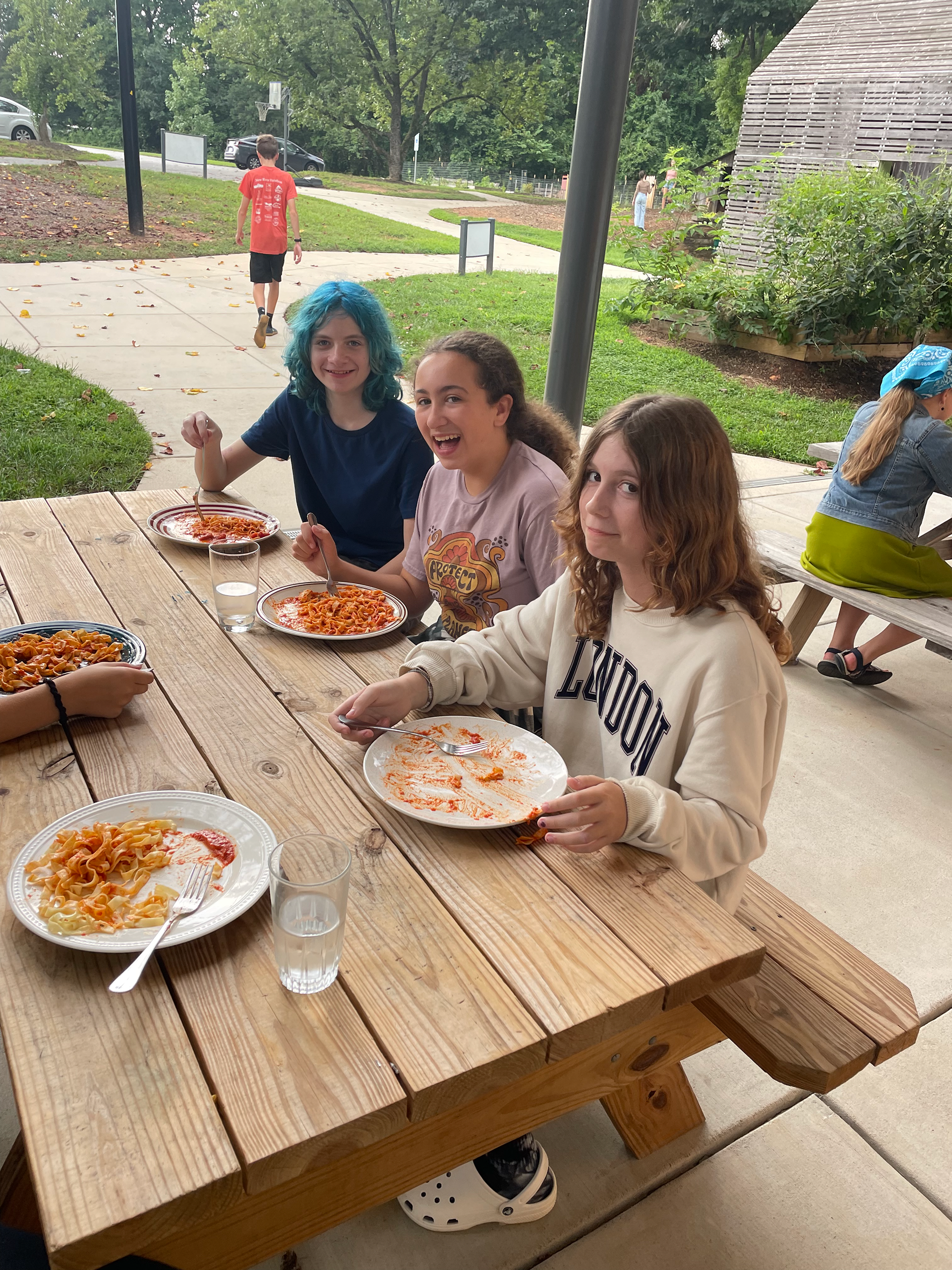Building Community from Toddler through Adolescence
by Alisha Gaskins, Leah Tablazon, Maria Selles, LE Guides, UE Guides and AP Guides
At the beginning of the year, WSM Montessori students entered their class communities and began to develop a relationship to their classroom community. From Toddler through Adolescence, students revisited what it means to be a community member and define what that looks like.
Community Building in the Toddler Program
The Toddler students settled in beautifully, getting to know their Guides and classmates. They become familiar with the school environment and our daily routines. We are dedicated to providing a consistent daily routine that ensures the children feel safe and secure. As expected, some students experienced separation anxiety during the first few weeks, but we were on hand to help them during this transition. We understand that a successful transition is crucial for students to thrive, and we are committed to providing a supportive and nurturing environment. Toddlers gain confidence and independence as they become familiar with the school environment and daily routine.
We believe that building strong relationships with and within our students is essential to fostering a love for learning, and we are excited to see our students already learning the names of their new friends and making new connections with us and with their peers.
Community Building in the Children’s House Program
At the beginning of the year, for at least the first six weeks, Children’s House focuses on what Montessori called "grace and courtesy." Grace and courtesy lessons are all about manners. They include lessons on caring for each other and the environment, using quiet voices and walking feet, resolving peer conflicts, leaving lessons ready for the next person, and many more.
This year, children are trying to understand why they had to fix a lesson that another child left messy and unprepared. Also, the children are learning how to practice the lessons already given. Group lessons are teacher-directed. The children, for the most part, do lessons individually. The older children in our class (third years) are given lessons on how to give lessons. It's their turn to be role models and take more responsibility. The third years give lessons to the younger children in our class on things with which they are proficient, like the "I spy" lesson, how to wash dishes, how to sweep, how to leave lessons ready for the next person, and many more.
The children are learning the importance of caring for our environment and respecting each other. As a community, we have been talking and practicing our classroom rules and expectations. We will list the most important classroom expectations and all the children and teachers will sign it. We will laminate it and keep it posted in the classroom so we can refer to it and add more if needed.
Community Building in the Lower Elementary Program
The LE Guides have enjoyed watching their new environment come to life with the presence of the children. Their new community members have embraced the transition gracefully, while the returning community members have taken a great shine to lead the community. They spent the first few days preparing for the work ahead of them, from decorating their writing journals to receiving grace and courtesy lessons on how to visit the library.
Community is an essential aspect to the children of LE, and we spend a lot of our time discussing the importance of community. To help promote a sense of community, we have different community-building exercises and games we all participate in weekly. We continue to sing as a community, and it has been wonderful to listen to the children sing and teach each other songs during the work cycle. In addition to singing, we have been playing get-to-know-you games, which have helped the children see their place in their community while getting to know their community members.
Community Building in the Upper Elementary Program
As the Upper Elementary Program began developing their community, they zoomed out to how their community connects to the larger world through the Great Lessons.
Ms. Abigail gave the "Black Strip" lesson. This lesson visually compares the amount of time that has passed since the earth began to form and the amount of time humans have existed on Earth.
The UE community discussed dignity to begin our mindfulness and community work this year. They discussed the 10 Essential Elements of Dignity and how they might be seen in our school community:
Acceptance of Identity
Benefit of the Doubt
Acknowledgment
Safety
Recognition
Inclusion
Fairness
Understanding
Independence
Accountability
Additionally, they looked at their own dignity and what they bring to the community through an activity where each community member wrote about their positive quality, their accomplishments, and their goals inside a traced drawing of their hand.
They continued to strengthen their community with an overnight trip to BJP.
Community Building in the Adolescent Program
In the Adolescent Program, community building begins with the 9th-year leadership day. The 9th year students plan how they will care for the environment by walking around campus and assessing what areas on the land need work. While considering how they relate to the students in the AP community, the 9th-year AP students discuss how they can mentor the incoming students. They ask themselves, “How can 9th-years model community standards and help new students feel supported and welcome?” They discuss their new leadership roles in their micro-economy, land committee, and more community work structures.
The AP program also connects the students to the wider community through Going Out Trips. For their community service experience, they visited the Second Harvest Food Bank Community Garden. They worked on harvesting vegetables and weeding the garden beds.
The AP students experience a Campus Intensive during the first week of school. They have longer days, camp on campus for a night, go on many trips, make many meals together, and more. This week solidifies the joyful, collaborative community culture as they have fun during their extended time together.
From toddler through adolescence, Winston-Salem Montessori Students build community bonding skills that help enhance their relationships with the people, environment, and every aspect that encompasses the communities they will engage with throughout their lives.

















